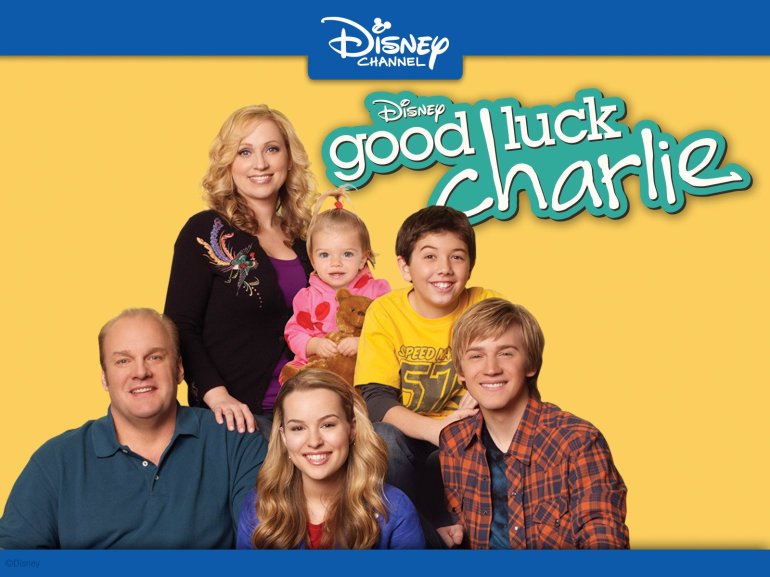
Charles was a top-10 name for boys in the U.S. into the 1950s, and it has always been more than 99% male. American parents have shown no interest in breaking down that barrier. However, since the early 2000s, they have started naming their daughters Charlie, Charlee, Charleigh, Charli, Charley, and Charly. Last year 4,882 girls got one of those names, which is more than Anna or Samantha (and more than twice as many as were named Mary).
Near the start of that wave, the Disney TV show Good Luck Charlie — about a married, White couple with four children, the last of which was named Charlotte (nick-named Charlie) — debuted in 2010, and peaked in 2012, with 7.5 million viewers on one Sunday.

But Charlie has not become a girls’ name. As a I reported last week, Charlie is now the most common androgynous name (between 40% and 60% female), with 3,556 births split almost equally between boys and girls. The other variations are more female: All versions of Charlie together are 74% female.
So, with girls pouring in, are parents heading for the exits, as we saw with names like Taylor and Kim? Not yet. Charles is much less common than it once was, but it has not slipped appreciably since girls started picking up its nickname. Here are the trends back to 1880:
As girl Charlies have gained ground, in fact, even the spelling Charlie is rising in the rankings for boys, up to 218th last year from 306th a decade ago. Parents are now naming their boys Charlie at twice the rate they did in 1968. This figure zooms in on the Charlie wars for the last 50 years. (For this I combine all the spellings for boys, but 92% of them are Charlies.)
If Charlie follows the path of previous gender battleground names, however (see Tristan Bridges’ two posts on this from last week), we might still see a male crash, or a female crash, or both. Androgyneity has historically been unstable in this system, especially when (from parents’ point of view) femininity contaminates a masculine space.
If the collapse doesn’t come, maybe it will be because both sides have gender unambiguous reinforcements: Charles for boys (99.8% male), and Charlotte for girls (99.9% female). So parents who like the name Charlie, including those who may choose it precisely because of its androgynous image, also know they have a gendered space they or their children can retreat to if necessary.
Data for this analysis are from the Social Security Administration. The data files and my Stata code are available on the OSF, here.


